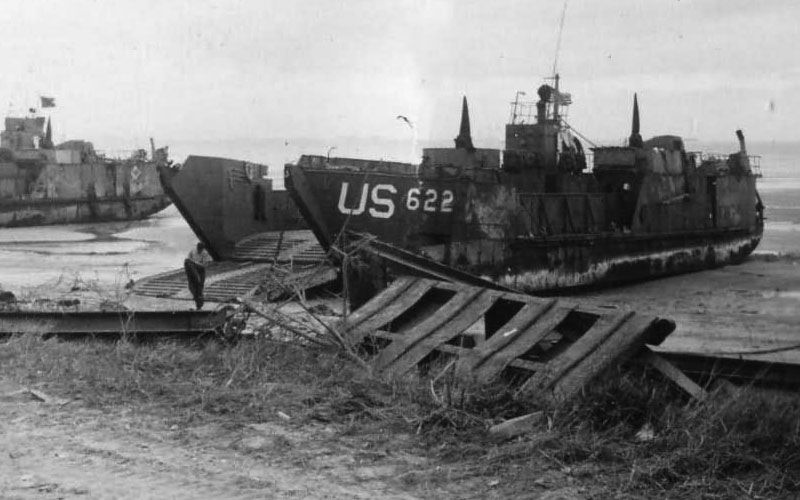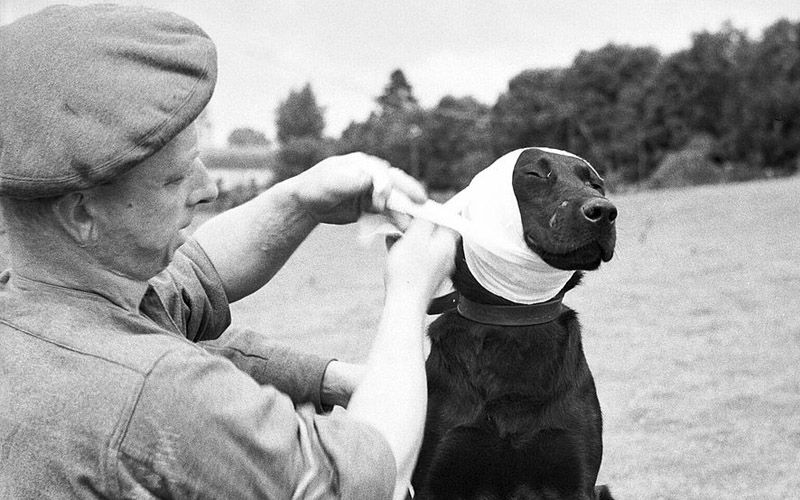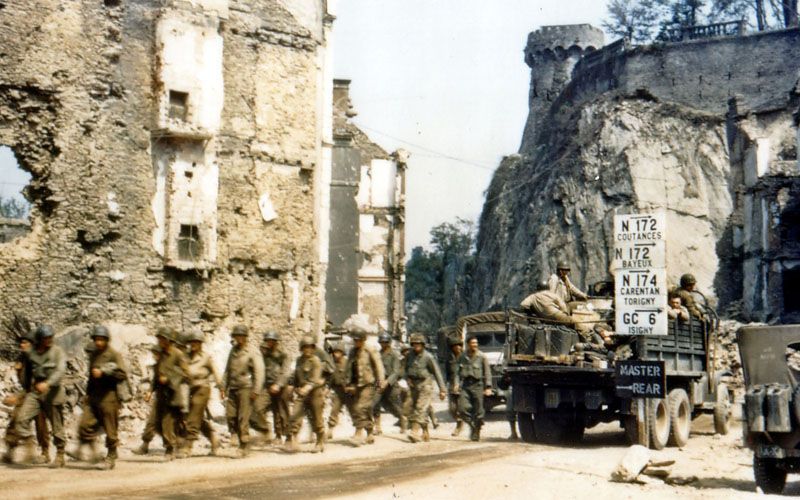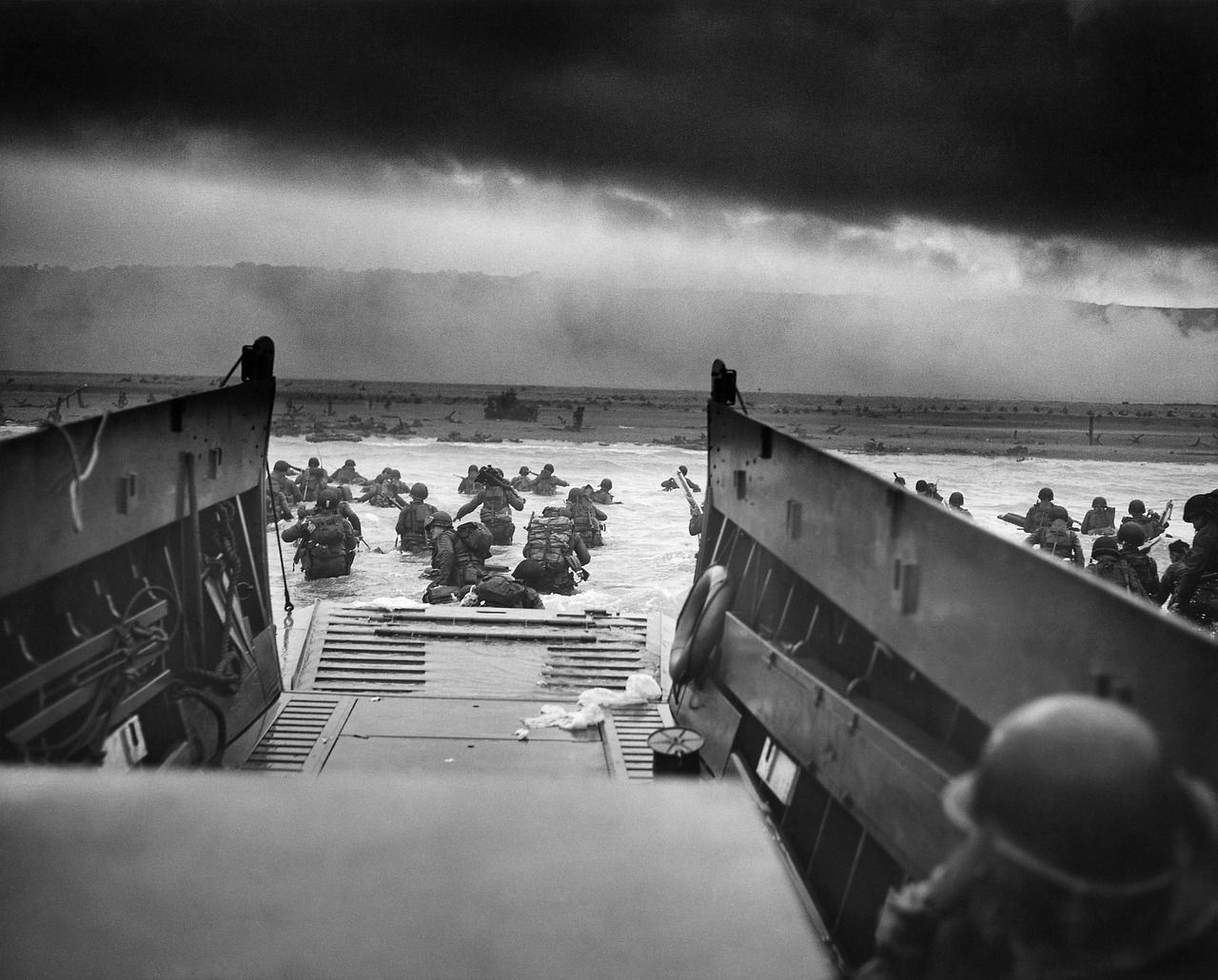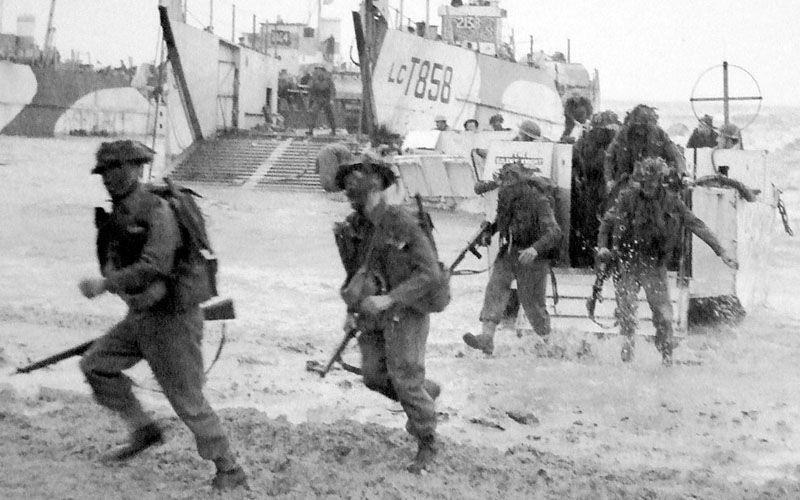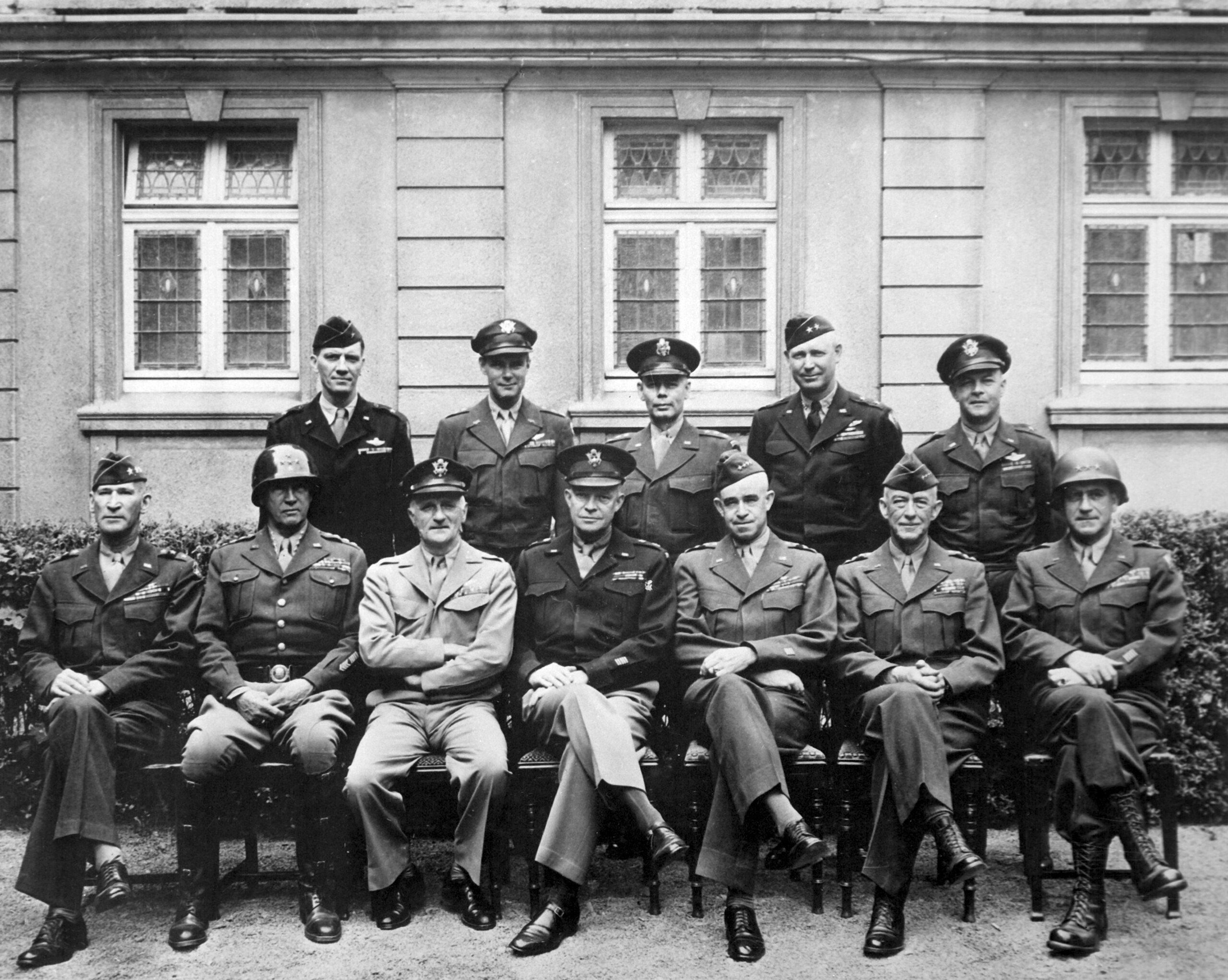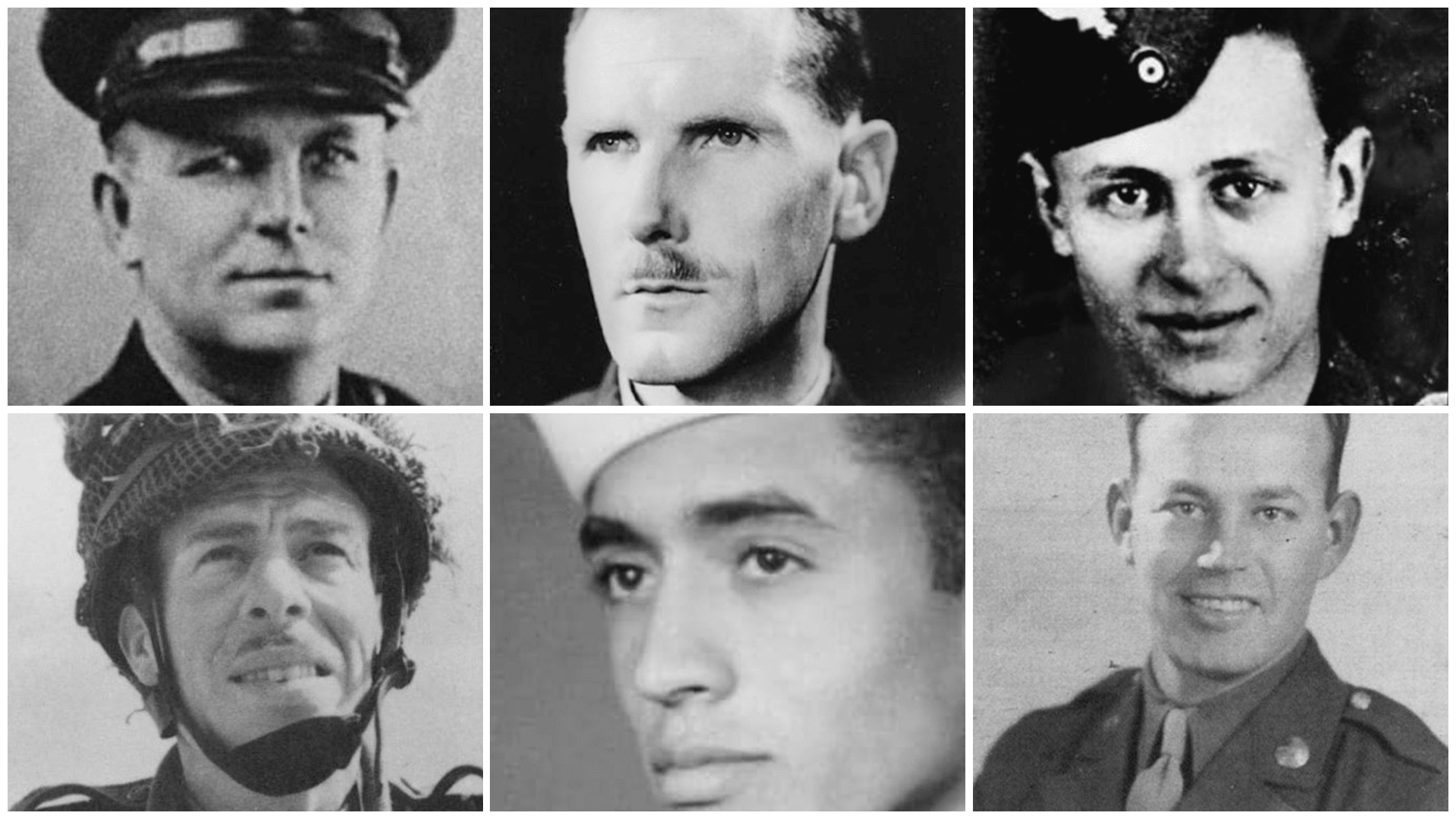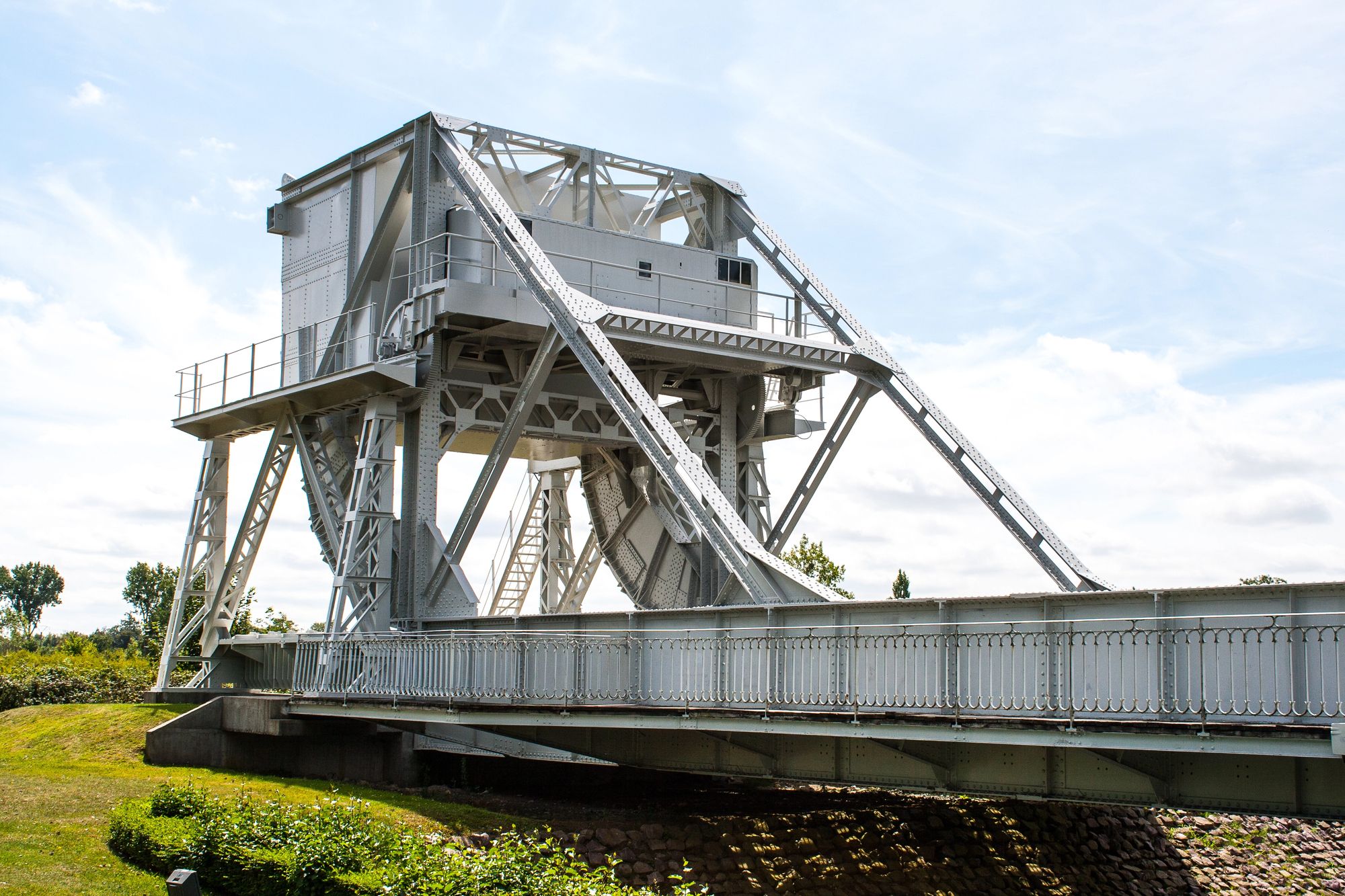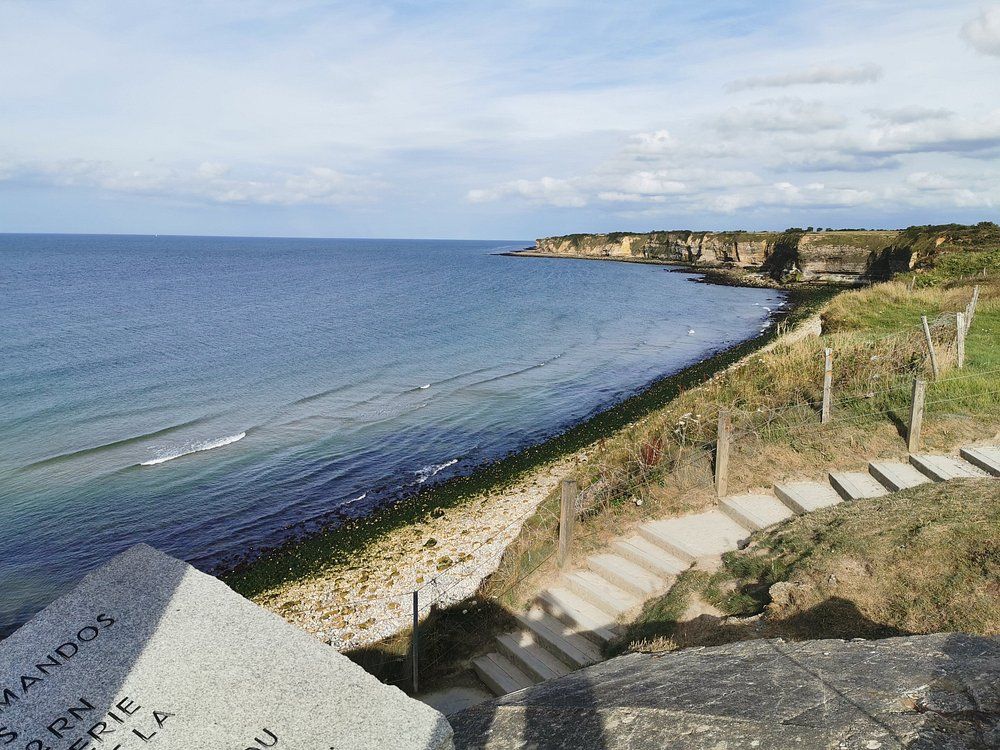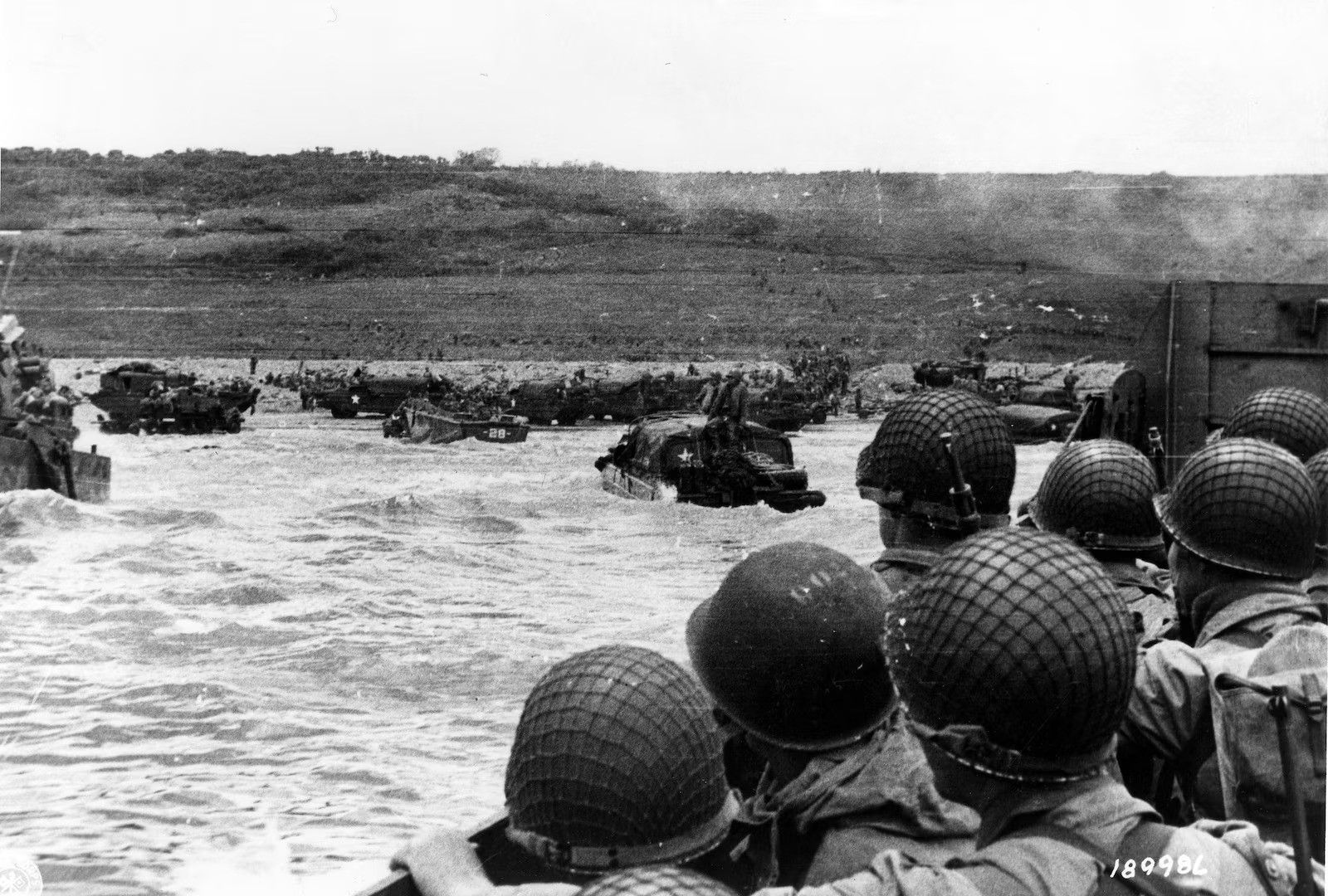On June 6, 1944, Allied forces launched the largest amphibious invasion in military history, a massive assault that required innovative technology to succeed. Behind every brave American soldier who stormed the beaches of Normandy was an array of ingenious inventions specifically designed for the D-Day landings. These technological innovations, from amphibious tanks to specialized radar systems, were crucial factors in the Allied victory during Operation Overlord and ultimately helped turn the tide of World War II.
The Allied troops benefited from remarkable engineering achievements that solved unique challenges posed by the invasion. The DD (Duplex Drive) tanks featured watertight canvas housing that allowed them to float across the water before transforming into battle-ready armor on the beaches. Meanwhile, advanced radar systems like the SCR-717C provided crucial navigation capabilities, allowing pilots to identify shorelines, rivers, and cities during the moonlit airborne operations that preceded the main assault.
Perhaps less known but equally important were the specially designed landing craft and artificial harbors that made the massive movement of men and supplies possible. These engineering marvels enabled the sustained flow of reinforcements and equipment that was essential for the invasion’s success. While the courage of the soldiers who participated in the Normandy landings remains legendary, the technological innovations behind D-Day represent one of history’s most impressive combinations of scientific ingenuity and military planning.
The Atlantic Wall
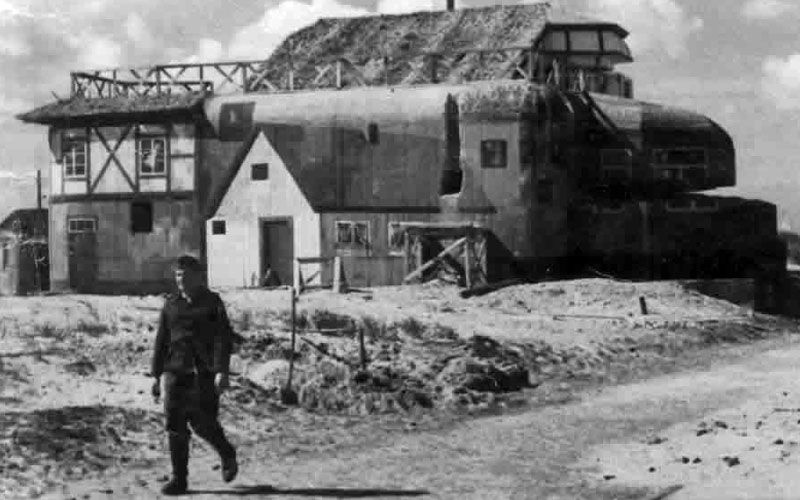
The Atlantic Wall was an extensive system of coastal fortifications built by Nazi Germany along the western coast of Europe during World War II. Construction began in 1942 under Field Marshal Erwin Rommel’s supervision, stretching from Norway to Spain.
The wall included massive concrete bunkers, gun emplacements, and obstacles designed to repel an Allied invasion. Thousands of artillery pieces were positioned throughout these defenses, making any amphibious assault extremely dangerous.
The fortifications weren’t just physical barriers. The Germans installed numerous radar tracking stations along the coast to detect approaching Allied forces. These early warning systems were critical to their defensive strategy.
Key elements of the Atlantic Wall included:
- Concrete bunkers (blockhaus) housing troops and weapons
- Coastal artillery batteries with large-caliber guns
- Anti-tank obstacles and walls
- Extensive minefields on beaches and underwater
- Radar installations for early detection
Allied planners had to develop specific technologies and tactics to overcome these formidable defenses. Special training facilities were created, including a 100-meter long concrete wall that allowed troops to practice breaching techniques before the actual invasion.
Fighter-bombers played a crucial role in neutralizing the Atlantic Wall defenses during D-Day. These aircraft protected the cross-channel movement and provided close air support for troops on the beaches.
Despite its impressive scale, the Atlantic Wall had weaknesses the Allies successfully exploited during the Normandy landings on June 6, 1944.
C-47 Skytrain
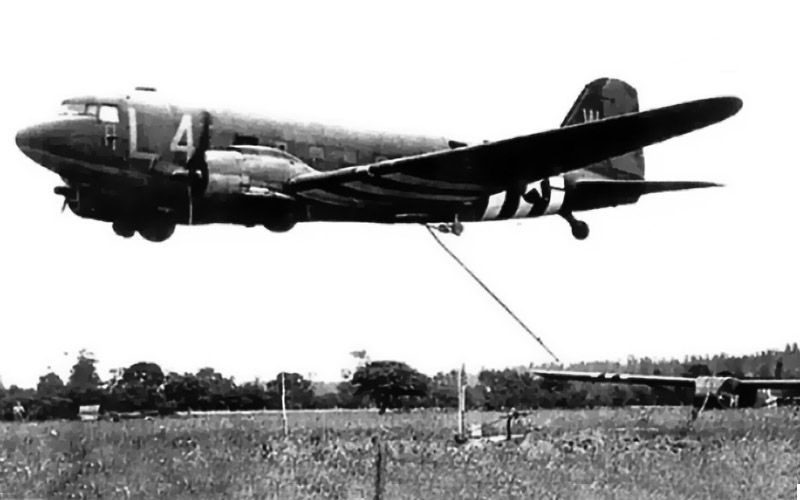
The Douglas C-47 Skytrain was a vital aircraft during D-Day operations on June 6, 1944. Over 1,000 of these reliable transport planes were deployed to carry paratroopers into enemy territory across Normandy.
Built in large numbers with more than 10,000 produced, the C-47 served multiple critical functions during World War II. The aircraft was versatile enough to transport troops, deliver cargo, tow gliders, and facilitate military cargo parachute drops.
During the Normandy invasion, C-47s were essential in deploying units like the 101st Airborne Division behind enemy lines. These paratroopers were crucial in securing inland objectives before the beach landings began.
The aircraft utilized advanced technology for its time, including the Rebecca-Eureka radar transponder system. This navigational aid helped incoming troop carrier formations find their drop zones in the darkness and confusion of the operation.
C-47 pilots faced tremendous challenges on D-Day, flying through enemy fire while maintaining tight formations. Their skill ensured that paratroopers could be delivered as effectively as possible despite difficult conditions.
The legacy of the C-47 Skytrain continued long after D-Day. It remained in front-line service throughout the war and became one of the most recognizable and important aircraft of World War II.
Gliders
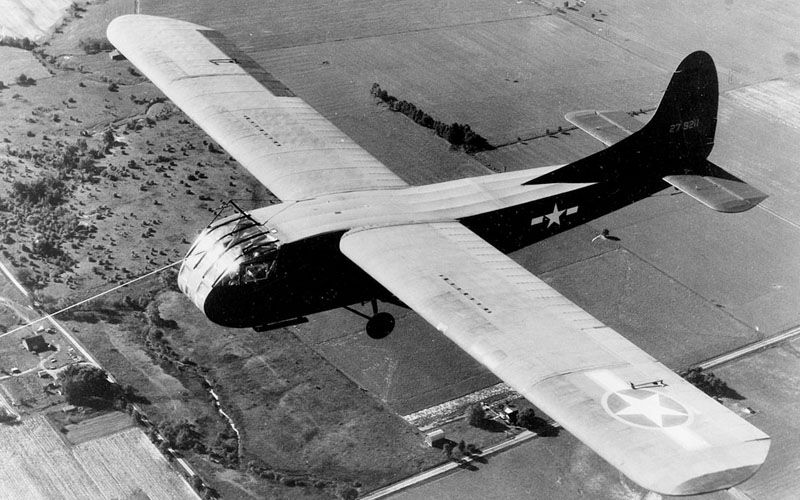
Gliders played a crucial role in the D-Day landings. These engineless aircraft were towed behind larger planes and then released to silently land behind enemy lines.
Both Allied and German forces used gliders to transport troops and equipment to the battlefield. They offered a major advantage: the ability to deliver soldiers and heavy equipment without the need for a conventional airfield.
During the Normandy invasion, thousands of troops were transported via gliders. American forces primarily used WACO gliders, while British forces utilized Airspeed Horsa and General Aircraft Hamilcar gliders.
The Hamilcar gliders were particularly impressive. They could carry heavy equipment that couldn’t be delivered by parachute drops, including tanks and artillery pieces.
One of the clever innovations was the hinged nose design on many gliders. This feature allowed for quick unloading of vehicles and equipment once on the ground.
Gliders delivered approximately 13,500 American troops during D-Day operations. They transported not just soldiers but also jeeps, anti-tank guns, and other vital supplies.
Despite their effectiveness, glider missions were extremely dangerous. Pilots had to navigate to specific landing zones, often while under enemy fire, and land aircraft with no engines on potentially rough terrain.
The silent approach of gliders gave Allied forces a tactical advantage, allowing them to surprise German defenders at critical locations throughout Normandy.
Landing Craft
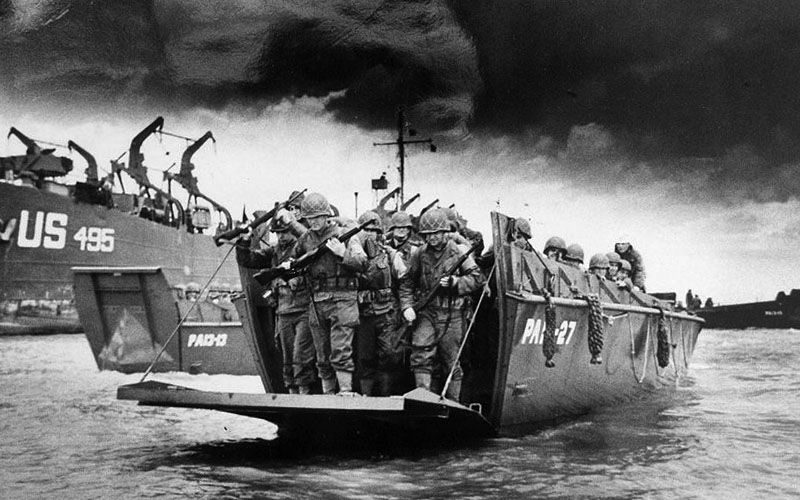
Landing craft played a crucial role in the success of D-Day operations. These specialized vessels were designed to transport troops, vehicles, and equipment from ships to the beaches of Normandy.
The most famous landing craft was the LCVP (Landing Craft, Vehicle, Personnel), commonly known as the “Higgins boat.” These vessels could carry 36 soldiers or a small vehicle and were essential for delivering troops to the shoreline.
Another important vessel was the LCM (Landing Craft, Mechanized), sometimes called the “big brother” to the LCVP. These larger craft could transport heavier vehicles and more troops to the beaches, including Juno Beach where Canadian forces landed.
The Allied forces used several specialized landing craft variations:
- LCG: Landing Craft, Gun (fitted with artillery)
- LCR: Landing Craft, Rocket (equipped with rocket launchers)
- LBK: Landing Barge, Kitchen (prepared food for troops)
These vessels were specifically engineered with flat bottoms and front-loading ramps that could be quickly lowered onto beaches. This design allowed troops and equipment to rapidly exit onto the shore.
The landing craft were vital to the invasion strategy, as they enabled the Allies to transport approximately 156,000 troops to Normandy on the first day alone. Without these specialized vessels, the massive amphibious invasion would have been impossible.
Innovation in landing craft design represented a significant technological advancement that directly contributed to Allied success in establishing beachheads across all five landing zones, including Juno Beach.
Hobart’s Funnies
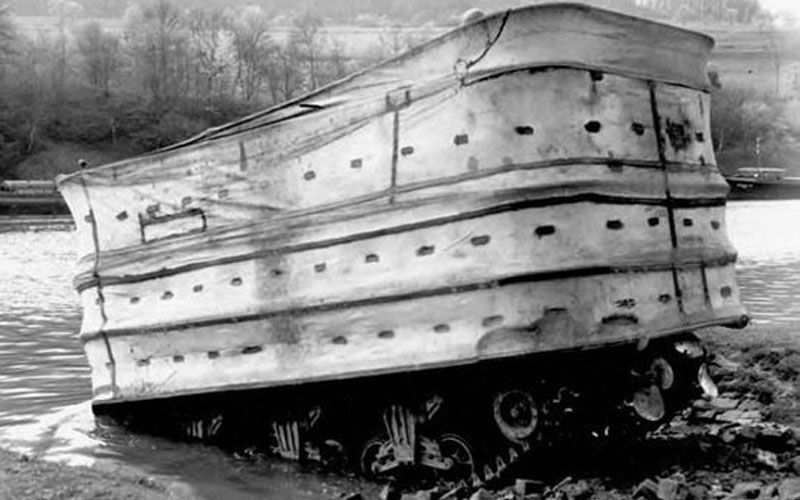
Hobart’s Funnies were specialized tanks and vehicles developed for the D-Day landings. Named after Major General Percy Hobart, these modified tanks helped Allied forces overcome German defenses on the beaches of Normandy.
One of the most notable was the Duplex Drive (DD) “swimming” Sherman tank. This amphibious tank used a canvas screen and propellers to float across water, allowing it to be launched from ships and swim to shore. DD tanks were deployed on all five D-Day beaches.
Other innovations included flail tanks with rotating chains to clear minefields, and tanks equipped with bridges to cross ditches and gaps in the terrain.
The British and Canadians made extensive use of these specialized vehicles. American forces primarily adopted the DD tanks but used fewer of the other variants.
These modified tanks played a crucial role in the success of the landings. They helped clear obstacles, create paths through defenses, and provide immediate armored support for infantry.
While sometimes appearing strange or unusual (hence the “Funnies” nickname), these vehicles represented serious military innovation designed to solve specific tactical problems faced during the complex beach landings.
Mulberry Harbors
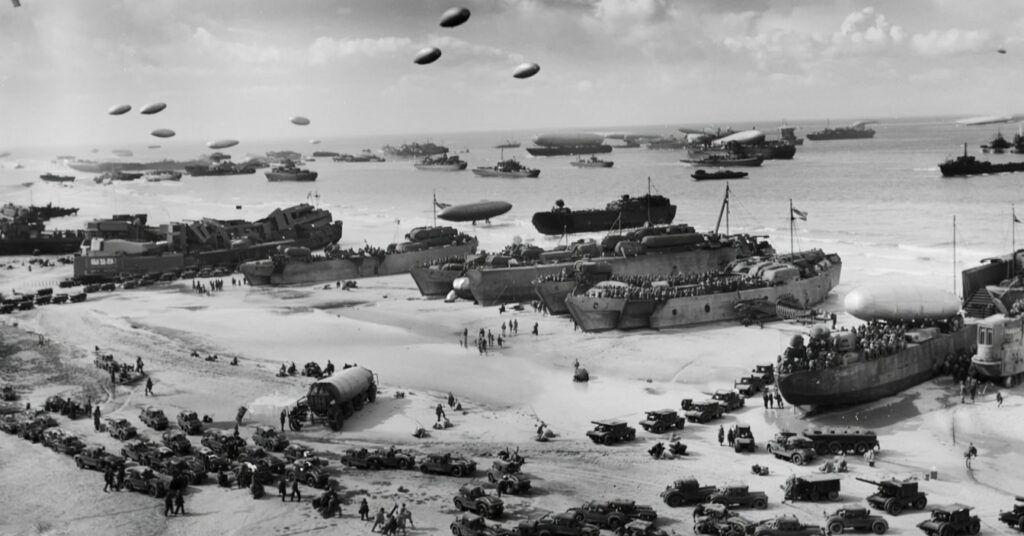
The Mulberry Harbors were ingenious floating ports developed for the D-Day invasion. These artificial harbors allowed Allied ships to unload troops, vehicles, and supplies directly onto the Normandy beaches.
The concept emerged after the disastrous Dieppe Raid showed that capturing existing ports would be too difficult. Instead, the Allies decided to bring their own harbors.
Each Mulberry Harbor created about 1 square mile of calm water for ships to safely unload. The harbors consisted of several key components:
- Bombardons: Floating breakwaters
- Phoenixes: Concrete caissons forming sea walls
- Gooseberries: Sunken ships that created initial breakwaters
Sea-going tugs towed these massive structures across the English Channel from their assembly point near Lee-on-Solent. This was a remarkable engineering feat, moving massive concrete structures across rough seas.
Two harbors were deployed – “Mulberry A” at Omaha Beach and “Mulberry B” at Gold Beach. They began operating even before full assembly was complete.
Unfortunately, a severe storm on June 19, 1944, destroyed the American harbor at Omaha Beach. The British harbor at Gold Beach survived and continued operating, handling over 2.5 million men, 500,000 vehicles, and 4 million tons of supplies.
The Mulberry Harbours represent one of the greatest unsung inventions of World War II. They proved crucial to maintaining the supply chain that sustained the Allied advance through France.

